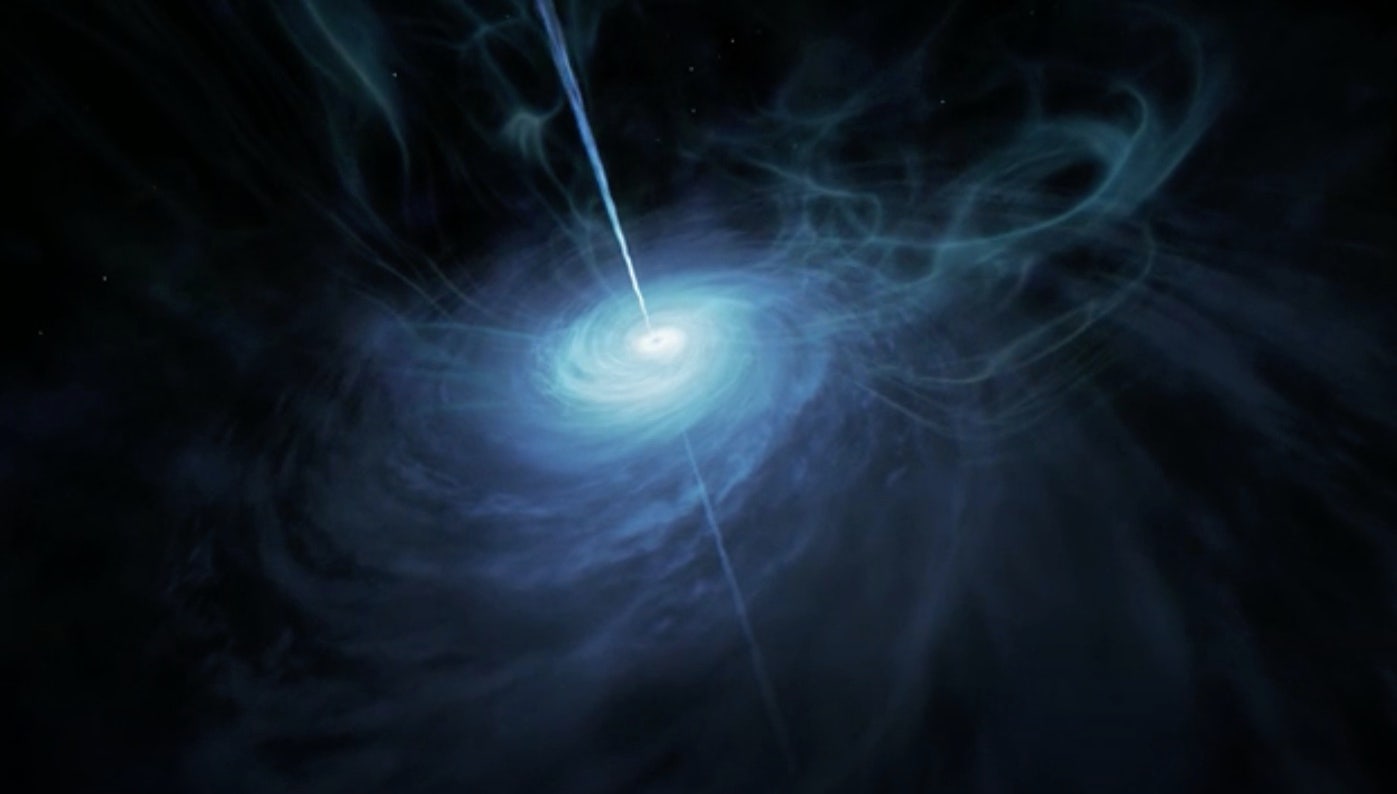

This pen represents excellent value and has one of the best nibs that I've used in the $40-55 price range. The Faber-Castell Loom took me by surprise. All calculations were done using Pen Chalet's best pricing. That comes out to roughly $0.45 per ml, which on a per-ml basis is similar to the new Sailor Jentle inks ($0.44) and Iroshizuku ($0.40). For each color, you get not one, but TWO bottles (65ml and 15ml) for a total of 80ml of ink. I've been writing with the Loom nonstop for the past week and it's extremely comfortable to use for long periods of time.Ī note on Colorverse pricing: At first glance, the Colorverse inks might appear expensive at $36 apiece, but once you break that down a bit it's not that bad. The cap on the gunmetal versions pictured here is a lightweight plastic, which posts fairly deeply on the aluminum body. I thought it looked chunky and heavy, and suspected it would throw off the balance of the pen when posted. Well, in pictures, I was always a little put off by the cap. Since you can purchase the Loom for as little as $40, you might ask why it's taken me so long to review this pen. The nibs always write smoothly and have especially good ink flow.

I've never had a Faber-Castell pen with issues, and I've owned several. The Faber-Castell Loom: Budget Workhorse?įirst off, I've written about Faber-Castell pens before, and in my opinion, the German company sells some of the best steel-nibbed fountain pens on the market. Such is the case with the Faber-Castell Loom and one of the new inks I received last week, "Quasar" by South Korean company Colorverse. Sometimes you run across a pen and ink combination that works especially well, and you just have to review them together. You can then either close it up again - I can get 2 pages or so of writing with a fine nib with the stopper closed - or leave it open for longer writing sessions. To open the stopper to write, you turn the blind cap as you would with a piston filler, allowing the ink to flow and saturate the feed. The short version is that you fill the pen as you would a regular eyedropper, but the Japanese-style system incorporates a stopper that closes off the ink reservoir from the nib and feed, which prevents ink "burping" and excessive flow due to temperature and air pressure fluctuations.

Both pens feature stainless steel JoWo nibs paired with Opus 88's excellent Japanese-style eyedropper system, which I discussed at length in my prior review. In terms of "technical specs," the Picnic and Fantasia are more or less identical to the rest of the Opus 88 lineup. The Picnic offers a more traditional cigar shape and is made entirely of acrylic, while the Fantasia sticks to the acrylic and ebonite combination but presents a smaller package. While those are excellent pens, some people are turned off by the half-ebonite/half-acrylic body on the Koloro, and the larger demonstrator is, well, friggin' huge. I've previously reviewed the Opus 88 Koloro and larger transparent demonstrator.


 0 kommentar(er)
0 kommentar(er)
